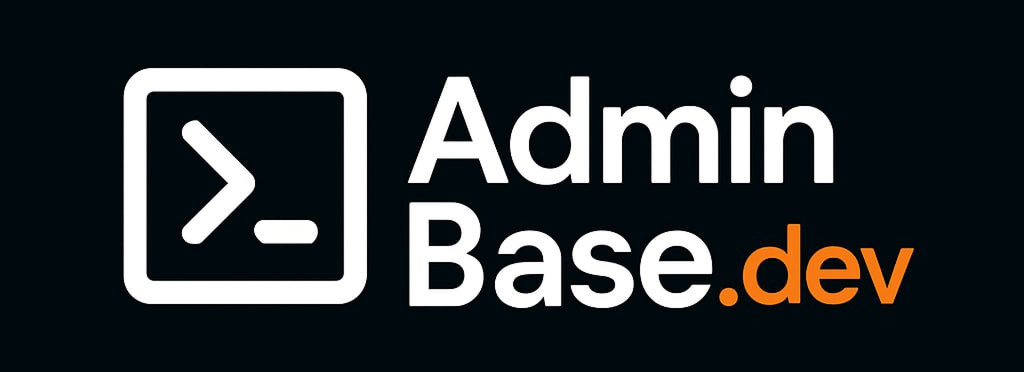Sometimes there’s just no time for scripts. A directory full of backups needs sorting, or logs need reviewing on a remote system where X barely runs. Double Commander exists for these moments. It’s not flashy, it’s not new — but it gets the job done faster than typing out rsync flags or guessing paths in a blind shell.
This tool doesn’t pretend to be something it’s not. It offers a clear dual-panel interface, works without noise, and opens in under a second. Functions the same way whether on a Windows laptop, a Debian VM, or a barebones remote desktop session on a rescue machine.
What It Actually Handles
| Functionality | Why it’s Useful |
| Two-panel navigation | Makes side-by-side file operations intuitive and precise |
| Multiple tabs | Keeps frequently used paths open without re-browsing |
| Archive integration | Lets users browse compressed files like normal folders |
| Internal viewers/editors | Opens logs or configs quickly — no external apps required |
| Elevated access (Linux) | Runs with root privileges using pkexec or sudo when needed |
| Filetype actions | Custom behavior for file extensions and specific tasks |
| Full keyboard support | Designed for users who prefer key-driven navigation |
| Optional modules | Adds features like SFTP or version control tools as needed |
Where It’s Used (and Why)
Double Commander tends to appear in places where modern file managers don’t belong — or just can’t keep up. In practice:
– Admin workstations with minimal or custom environments
– Maintenance via VNC, where GUI responsiveness is limited
– Multi-user systems where shell access isn’t permitted
– Live images or rescue setups booted via PXE or ISO
– Internal VMs used for archive review or staging cleanup tasks
Not built for aesthetics. Built for fast, consistent file access when the usual tools fall short.
Installing It (as of 2025)
Debian/Ubuntu:
sudo apt install doublecmd-gtk
Fedora/RHEL:
sudo dnf install doublecmd-qt
Arch Linux:
sudo pacman -S doublecmd-gtk2
Flatpak:
flatpak install flathub org.doublecmd.DoubleCommander
Windows:
Download the portable build or installer from the official page. Portable mode runs from USB without setup.
macOS:
Available via Homebrew:
brew install –cask double-commander
Or use the DMG builds available from SourceForge.
Things It Gets Right
– Runs without issues on low-spec machines or thin VMs
– Familiar workflow for users of Midnight or Norton Commander
– Configurations stored in plain text, easily copied between installs
– Works well with local, networked, or remote paths when plugins are enabled
– Stays stable across system upgrades and custom environments
And What to Watch For
– Interface feels dated — functional, but frozen in time
– No built-in support for cloud storage or virtual FS layers
– Plugin support exists but some components may need manual tweaking
– On macOS, occasional issues with GTK scaling or font rendering
Final Notes
Double Commander isn’t about innovation — it’s about stability. It keeps showing up in toolkits because it solves problems without trying to be clever. When a container mounts read-only, a backup folder needs trimming, or a tarball has to be opened on a remote box with no GUI — this is what gets launched. No fluff, no setup, no surprises.





